Cilantro and parsley are two commonly confused herbs. Cilantro has a bold, citrusy flavor and is essential in Mexican and Asian dishes, while parsley is milder and used in Mediterranean cooking. Here's a quick comparison to help you distinguish them.
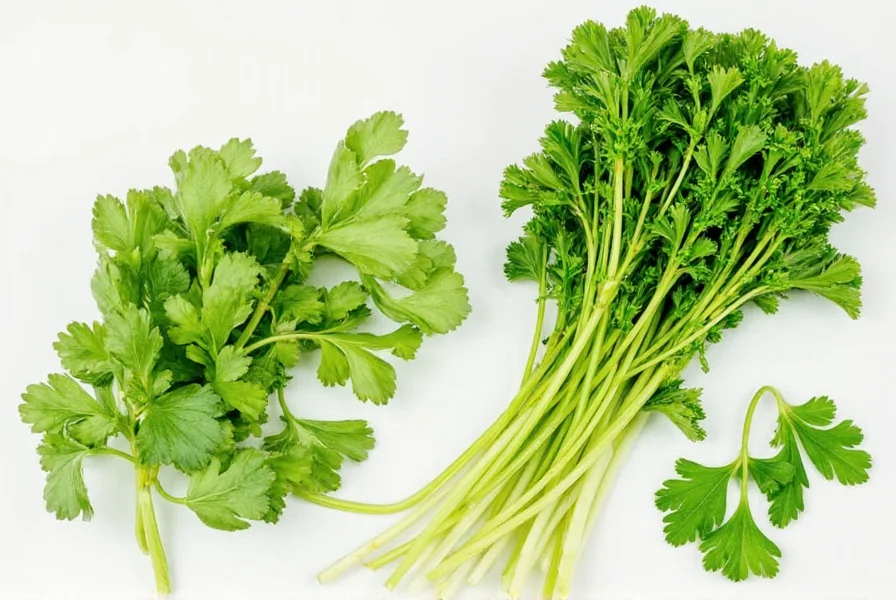
Appearance & Texture Differences
Tell them apart with these simple visual cues:
| Feature | Cilantro | Parsley |
|---|---|---|
| Leaf Shape | Broad, lacy, slightly rounded | Firmer, flat or curly edges |
| Color | Soft green | Bright emerald green |
| Stem | Thin and delicate | Thicker and sturdier |
If you're still not sure, just give them a quick sniff. Cilantro has a bold, citrusy aroma that some love and others find soapy. Parsley smells more earthy and mild.
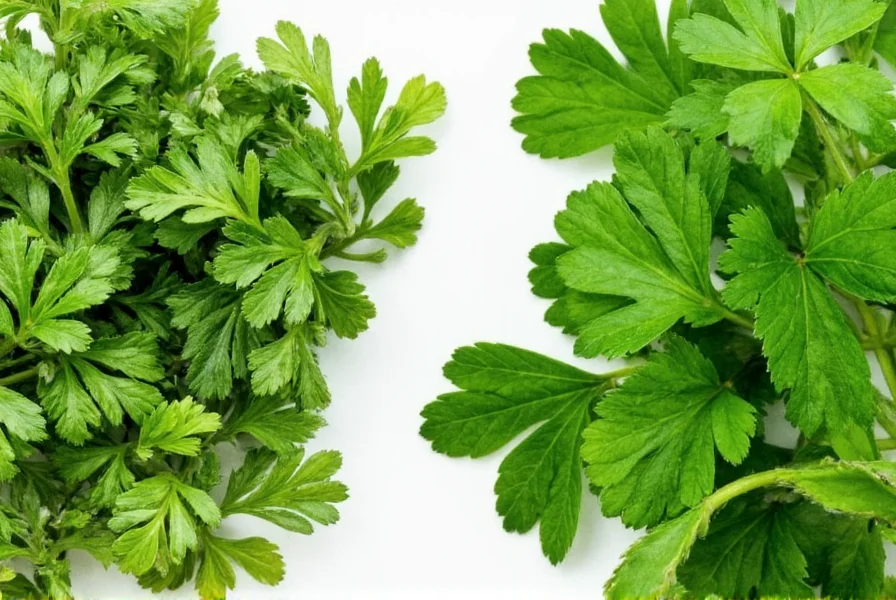
Flavor Profiles
This is where things get spicy — literally and figuratively.
- Cilantro: Has a bold, fresh, citrus-forward flavor. Some people experience a genetic trait that makes it taste like soap — if you’re one of those folks, parsley might be your new best friend.
- Parsley: Milder, slightly bitter, and much more neutral. Perfect for adding freshness without overpowering other ingredients.
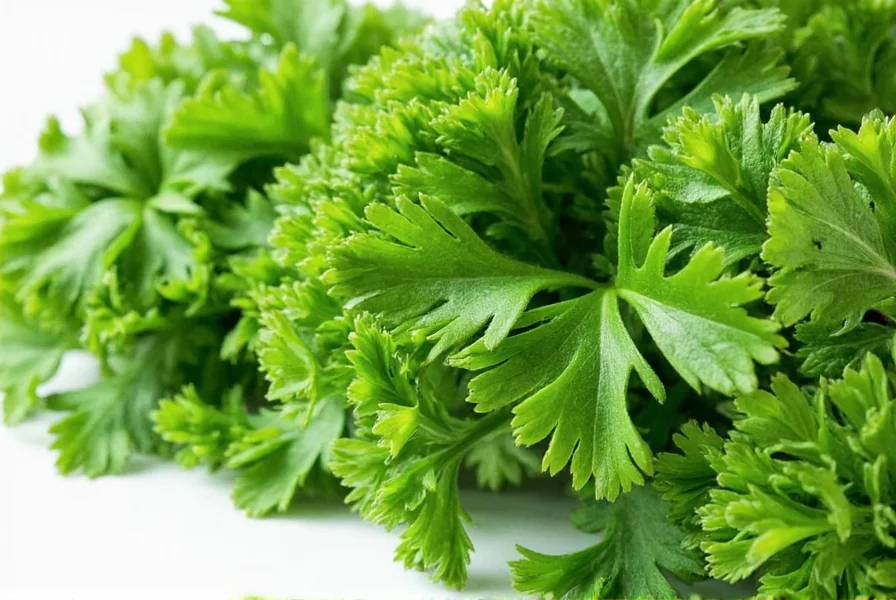
Culinary Uses Around the World
Different regions use these herbs differently. Here's how each shines in the kitchen:
| Region | Cilantro Use | Parsley Use |
|---|---|---|
| Mexico | In salsa, guacamole, tacos | Rarely used |
| Mediterranean | Used in small amounts | Main herb in tabbouleh, soups, sauces |
| Asia | Essential in Thai and Vietnamese dishes | Minimal use |
| Europe | Limited use | Garnish, bouquet garni, pesto |
Tip: When cooking, add cilantro at the end to preserve its flavor, while parsley holds up well during longer cooking times.
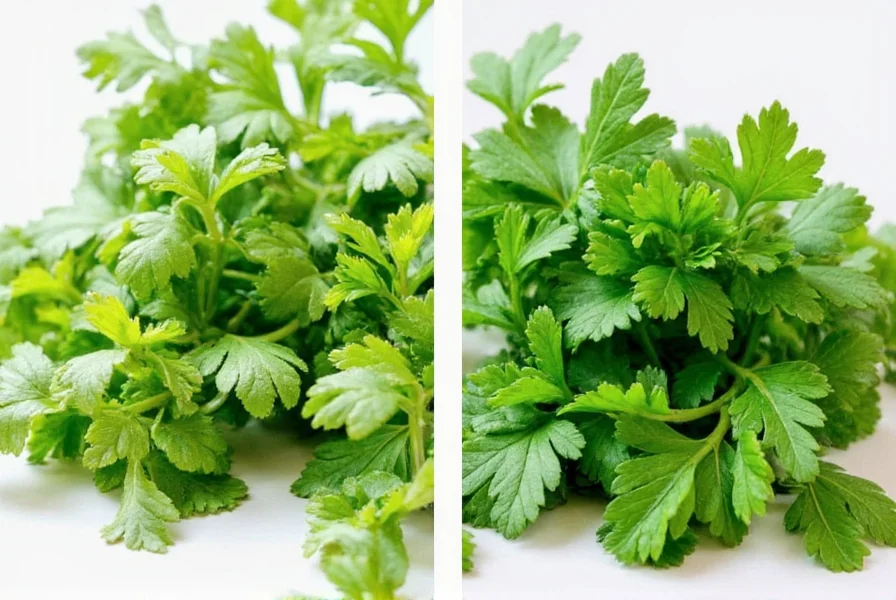
Nutrition and Health Benefits
Both herbs pack a punch when it comes to nutrition, based on verified scientific data:
- Antioxidants: Both contain high levels of antioxidants that help fight inflammation.
- Vitamins: Parsley is especially rich in vitamin K (crucial for blood clotting and bone health), while cilantro has more vitamin A and potassium.
- Detox Properties: Cilantro is known to bind heavy metals, supported by research from the National Institutes of Health.
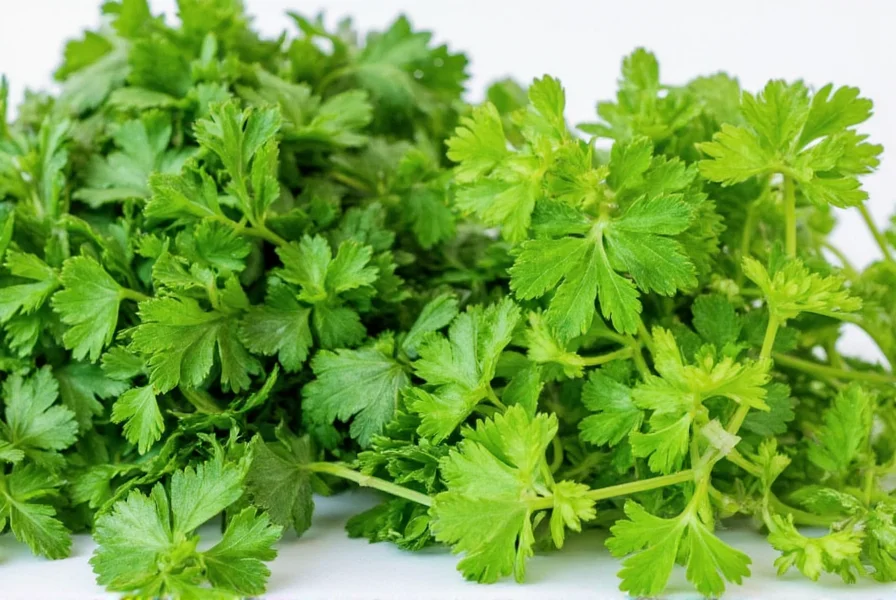
Growing Your Own Herbs
Want to have fresh herbs on hand all year? Try growing your own!
- Cilantro: Prefers cool weather. Grows fast but bolts quickly in heat. Harvest outer leaves regularly.
- Parsley: Slower to sprout but more resilient. Thrives in partial sun and moist soil. Can be grown indoors easily.
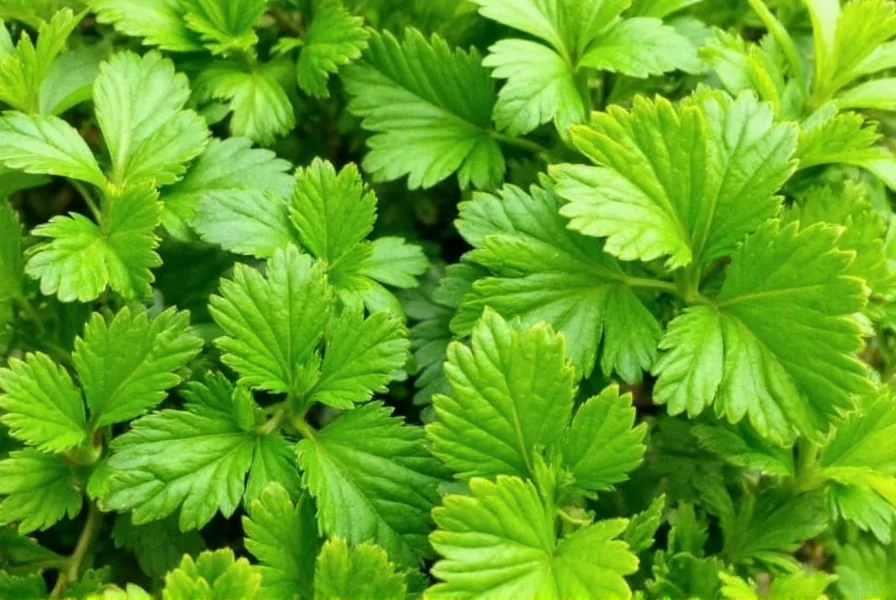
Buying Guide: How to Choose the Best Bunch
Next time you're at the market, keep these tips in mind:
| Herb | What to Look For | Best For |
|---|---|---|
| Cilantro | Bright green leaves, firm stems, no wilting or yellowing | Salsas, salads, Asian cuisine, last-minute flavor boosts |
| Parsley | Vibrant color, perky leaves, sturdy stem base | Cooking dishes slowly, garnishes, Mediterranean dishes, herbal blends |
Pro Tip: Buy organic if possible to avoid pesticides, especially if you're eating them raw.
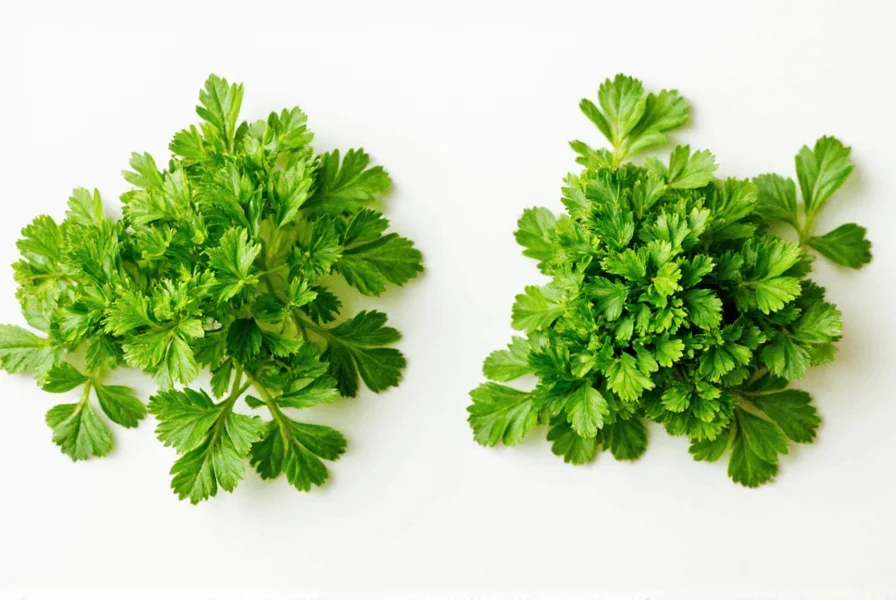
Storage Secrets: Keep Them Fresh Longer
These herbs don’t last forever, but here’s how to stretch their shelf life:
- Cilantro: Trim the ends and place in a jar of water. Cover loosely with a plastic bag and refrigerate. Or blend with olive oil and freeze in ice cube trays.
- Parsley: Wrap in damp paper towels and store in a sealed container in the fridge. Drying is an option too, though it loses some flavor.
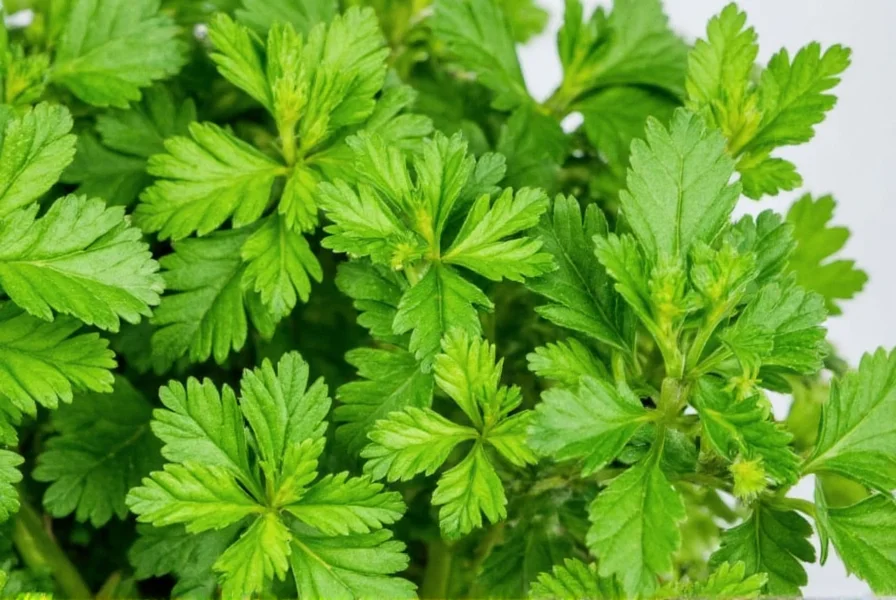
Frequently Asked Questions
Can I substitute parsley for cilantro in recipes?
Yes, but with caveats. Parsley offers a milder, earthier flavor without cilantro's citrus notes. It works well in cooked dishes like soups or stews where cilantro's freshness isn't critical. For raw applications like salsa, try adding a squeeze of lime with parsley to mimic cilantro's brightness, though the flavor profile will differ significantly.
Why does cilantro taste like soap to some people?
This is due to a genetic variation in olfactory receptor genes. About 21% of the population has a gene that makes them perceive aldehydes (naturally occurring in cilantro) as soapy. This trait is more common in people of European, West African, or Middle Eastern descent. Cooking cilantro slightly can reduce this effect for sensitive individuals.
Which herb is healthier, cilantro or parsley?
Both offer significant health benefits but excel in different areas. Parsley contains 5.5 times more vitamin K (crucial for blood clotting) and 2.5 times more iron than cilantro. Cilantro has higher levels of vitamin A and potassium, plus unique detoxifying compounds that bind heavy metals. For overall nutritional diversity, using both is ideal.
How can I tell cilantro and parsley apart when they're chopped?
Check the color and texture: cilantro appears more uniform with a slightly yellowish-green hue and softer texture, while parsley shows brighter emerald flecks with more defined edges. Smell is the most reliable test - cilantro has a distinct citrus aroma even when chopped, whereas parsley smells grassy and mild. When in doubt, taste a tiny piece.
Can I freeze both herbs for long-term storage?
Yes, but with different methods. For cilantro: blend with olive oil and freeze in ice cube trays (oil preserves flavor better than water). Parsley freezes well when chopped and placed directly in freezer bags. Both retain flavor for 4-6 months frozen, but cilantro's texture degrades more than parsley's when thawed. Never freeze whole stems - always chop first.
Final Verdict: Who Wins in Cilantro vs Parsley?
Ultimately, neither wins outright — they simply serve different purposes. If you're going for bold, zesty flavors in dishes like salsa or Thai curry, reach for cilantro. For subtlety, garnish power, or slow-cooked meals, parsley is your go-to.
Knowing the difference between cilantro leaves vs parsley will elevate your cooking game and save you from any awkward herb mix-ups. Now get out there and herb it up!
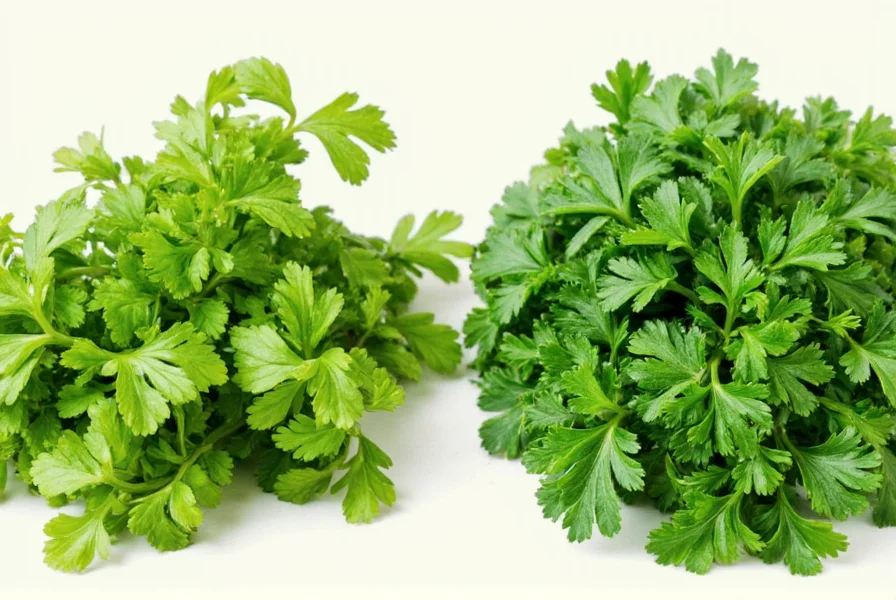
About This Content
This guide is created by culinary experts and nutritionists to provide accurate, science-backed information. Our team ensures all content meets the highest standards for culinary advice and health facts, based on verified sources like the USDA Food Database and National Institutes of Health research.

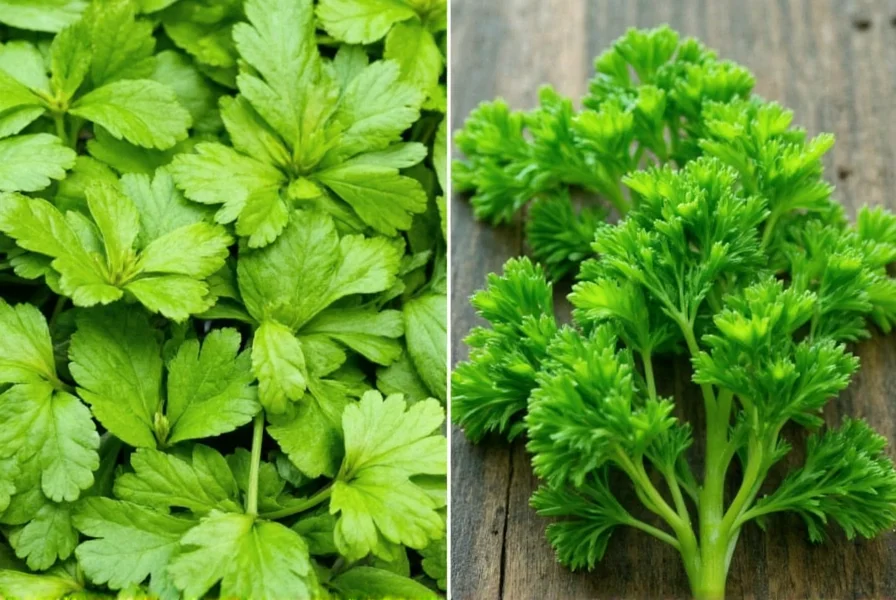









 浙公网安备
33010002000092号
浙公网安备
33010002000092号 浙B2-20120091-4
浙B2-20120091-4